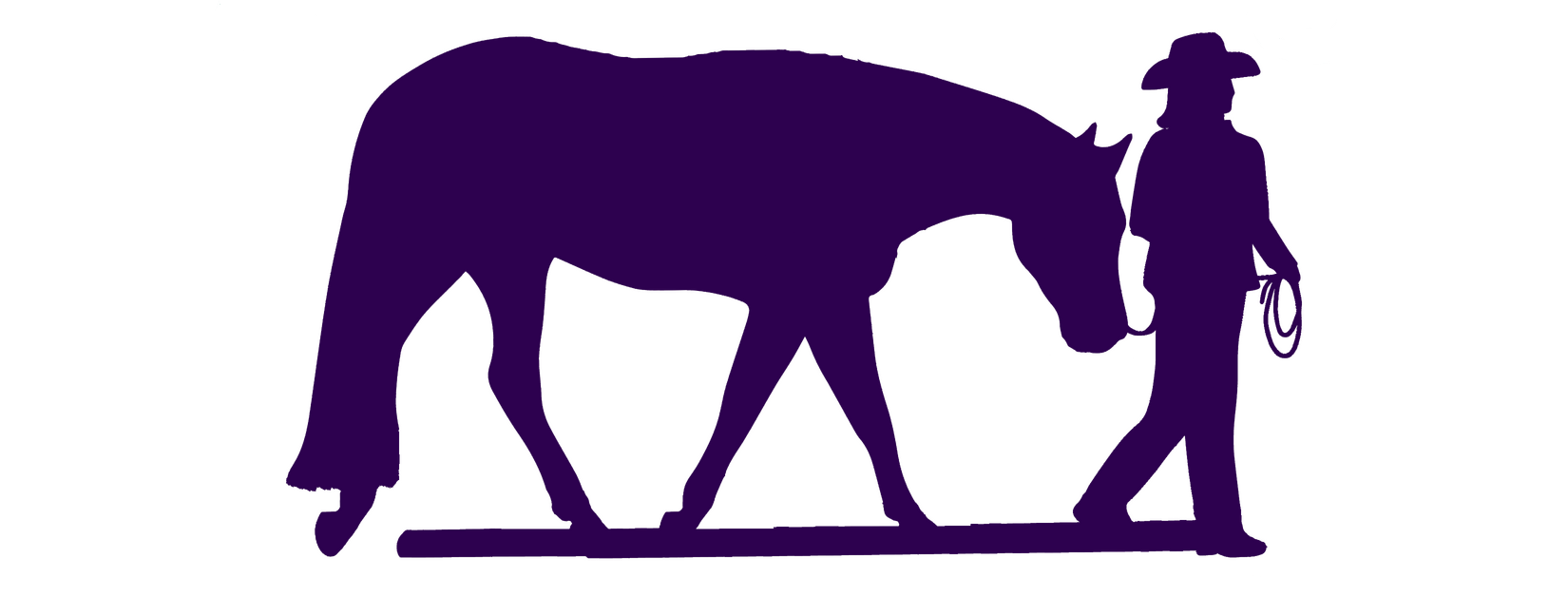Difference Between Horse Agility and In-hand Trail or Halter Obstacle
Do you know the difference between Horse Agility, In-Hand Trail, and Halter Obstacle?
Horse Agility
There are some differences. Let’s start with Horse Agility. This is the newest and one of the fastest growing Equestrian sports. Horse Agility is about navigating an obstacle course on the ground. The horse and handler are rewarded based on their relationship and communication when going through the obstacle course. It’s a great way to develop trust and a deeper bond with your horse without riding. It gives those who can’t or don’t want to ride something to do with their horse that is fun and exciting.
Any equine can participate from miniature horses to drafts along with donkeys and mules. Horse Agility is great for horses that can’t be ridden for physical reasons and for ponies that are too small for adults to ride.
It’s also for those who do ride it takes your horsemanship skills to another level. You will start online (halter and lead) with your horse completing a basic obstacle course. There are different levels of competition with some of the higher levels being against the clock and at liberty (no halter or lead).
Horse Agility is centered around how well you communicate with your horse and their response to you. It’s not about jerking or forcing your horse to complete the obstacle. It’s about improving your communication skills and building a strong cooperative partnership. It develops the horse’s confidence from the ground as well as yours.
You can’t bully or inflict pain to your horse in any way when doing Horse Agility. During the competition, if the handler displays good horsemanship skills they will still get a score even if their horse refuses to complete an obstacle. Unlike other competitions, if you didn’t complete an obstacle your score would be a zero for that obstacle.
There are lots of benefits for the handler as well as the horse doing Horse Agility. One of the top benefits is you don’t have to have any fancy tack, no fancy show clothes, and no clipping your horse unless you choose to do so.
In-hand Trail or Halter Obstacle
The In-hand trail class is associated with breed shows such as AQHA and APHA while Halter Obstacle is associated with AMHA, ASPC/AMHR, and ADMS. In these classes, you lead your horse, donkey or mule through the trail obstacles. For the bigger breeds of equine like Quarter and Paint horses, it’s usually only open to yearlings and two-year-olds who are not being shown under saddle. Unlike the bigger breeds the miniature horse, pony, and donkey shows allow the older ones to compete in the class also.
The class usually includes some of the same obstacles found in the Horse Agility competitions such as: a gate, going over a bridge, weaving cones, back through, mailbox, carrying an object from one point to another, turning around in a square, side passing, walking and/or trotting through and around objects and sometimes you’ll place something on your horse like a raincoat. The course may include all, more or just some of these obstacles. At the higher level shows the trail course will get harder with more obstacles.
This class is judged on the performance of the equine as they navigate over and through the obstacles. They are judged on manners, their attitude and how they respond to the handler. Judges also like to see obstacles negotiated with style, expression, and snappiness, but being careful to not knock an obstacle.
There will be a penalty for any unnecessary delay while approaching or negotiating the obstacles. They will also be penalized for failure to take the correct gait (walk or trot) when designated, failure to complete the obstacle, going off course between obstacles or for performing obstacles incorrectly.
Commonality
All of these mentioned have something in common you must have patience and be consistent working with your horse on the obstacles. Teaching a horse to navigate the obstacles is very rewarding, but it requires hours of hard work to get your horse prepared for the challenging maneuvers and scary obstacles. Go slow and don’t force or rush your horse it will cause a lot of problems. Every horse, donkey, and mule are different and like us, some learn quickly while others take extra time.
Obstacle training is great for any equine no matter the age or discipline your ride! I can help you teach your horse, donkey or mule to do obstacles. If you’d like to learn how I can teach you through video or in-person lessons. Contact me today and let’s set up a time to talk and discuss your goals. You don’t have to compete to reap the benefits!
